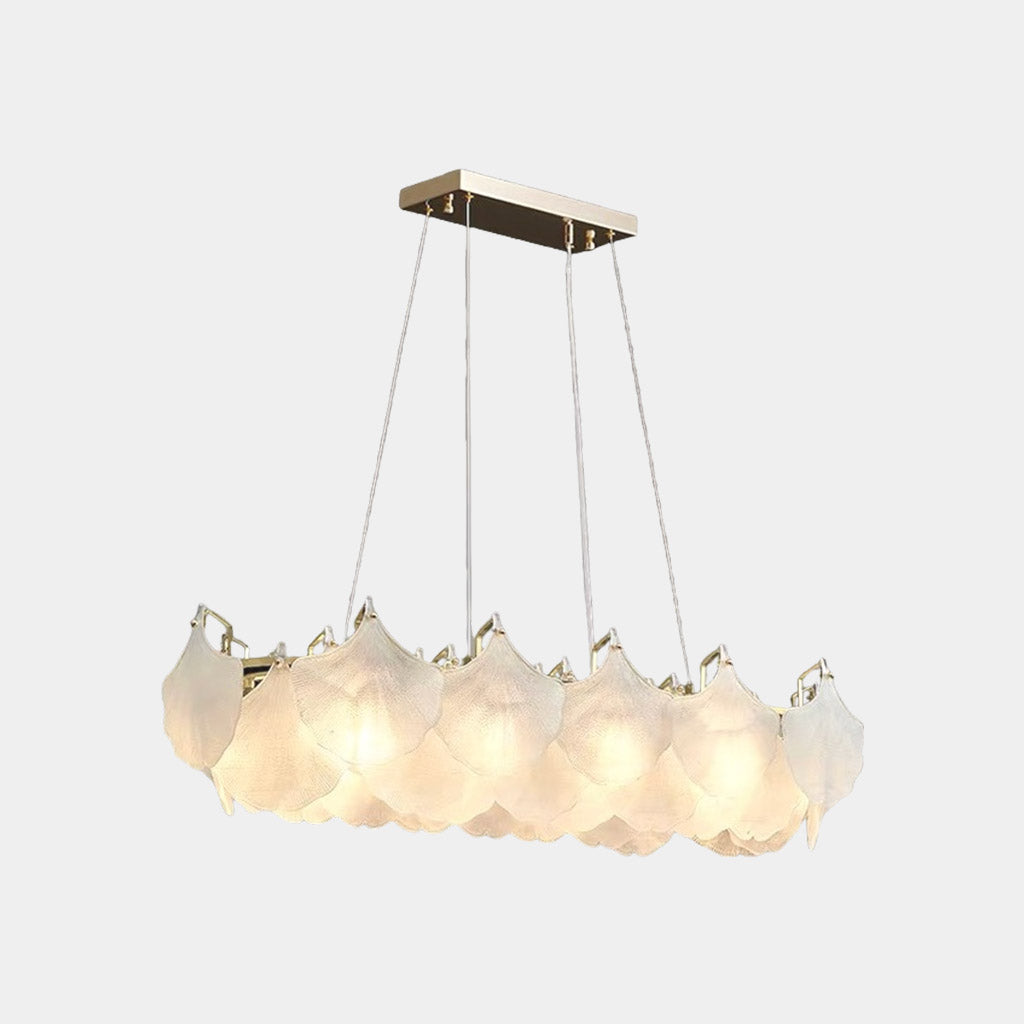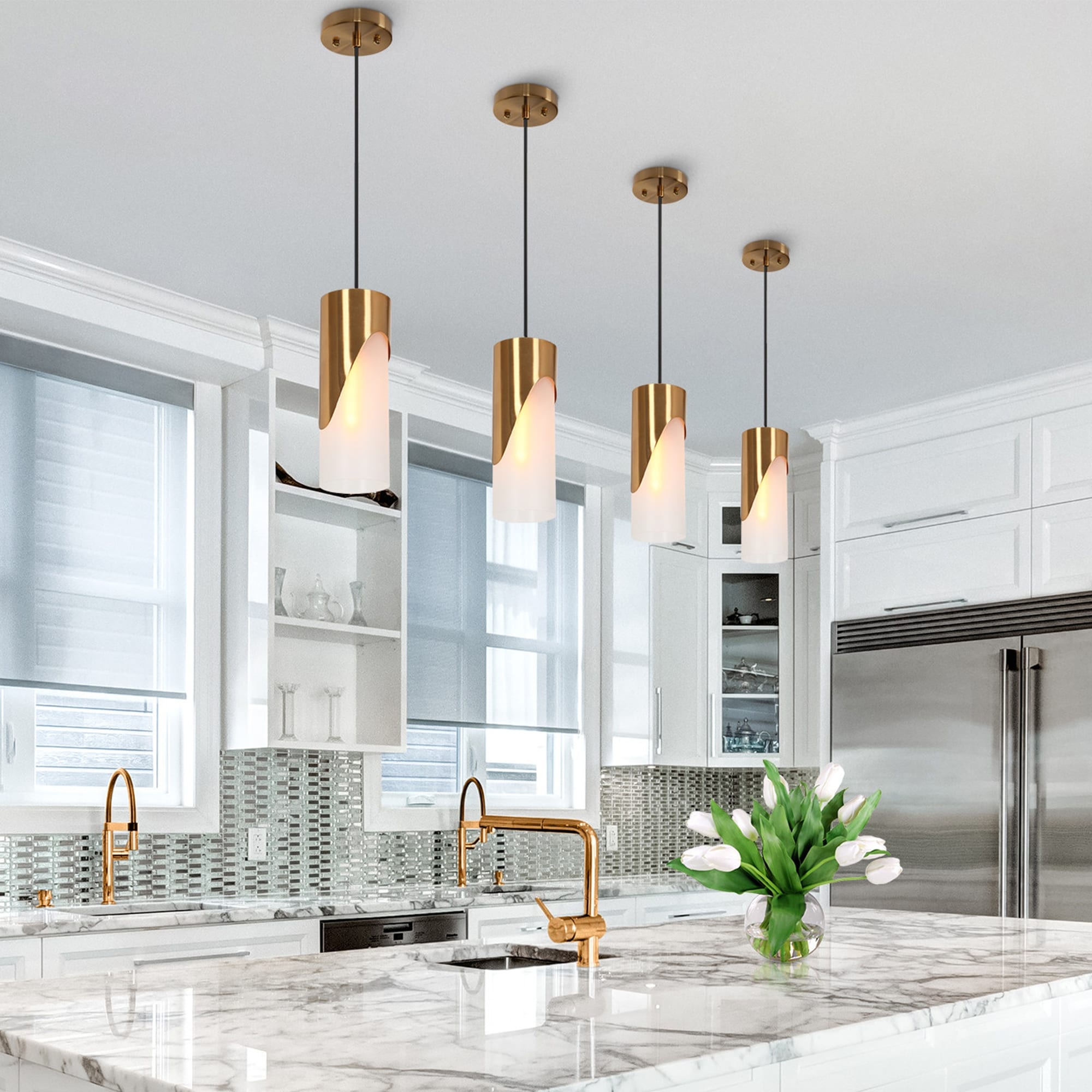Simple Pendant Light Buying Guide for Homeowners
Just how to Choose the Perfect Pendant Light to Enhance Your Interior Decoration
Choosing the perfect Pendant light calls for cautious factor to consider of numerous aspects. The style needs to line up with the total style, while dimension plays an important role in guaranteeing appropriate proportion. Color and finish choices can improve visual allure. Additionally, assessing light result is essential for functionality - Pendant Light. Understanding these facets can transform a room, creating a welcoming environment. The process includes more than simply visual appeal; there are practicalities that have to likewise be attended to.
Comprehending Different Pendant Light Styles
Pendant lights are available in a selection of designs, each offering distinct aesthetic and useful benefits. From industrial layouts that feature exposed light bulbs and steel finishes to classy glass fixtures that stimulate a sense of refinement, the alternatives are huge. Contemporary Pendant lights typically stress minimal forms and clean lines, while vintage-inspired styles might incorporate complex detailing and warm tones.
For those looking for a rustic appeal, fixtures made from natural products like wood or rattan offer a cozy feel. In addition, multi-light pendants can act as declaration pieces, combining several bulbs in a solitary style for dramatic effect.
Each style contributes differently to an area, influencing the overall setting and personality. Comprehending these varied Pendant light designs permits house owners and developers to make educated selections that align with their interior layout vision, improving both performance and aesthetic allure in their settings.
Identifying the Right Dimension for Your Room
When choosing a pendant light, properly determining the ceiling height is necessary for achieving the right balance in a room. In addition, computing the range of the fixture in regard to the surrounding area assurances that the light enhances as opposed to overwhelms the design. These aspects play a crucial role in developing an unified indoor environment.
Action Ceiling Elevation
To achieve an aesthetically pleasing design, determining ceiling height is important for choosing the ideal dimension of Pendant light. The elevation of the ceiling straight affects the range and percentage of the lighting component. In areas with basic eight-foot ceilings, Pendant lights need to commonly hang around 30 to 36 inches above the surface below, such as a table or cooking area island. For higher ceilings, changes must be made accordingly, as a greater installment can produce a more dramatic impact. When identifying the perfect height, it is vital to show on the total space dimensions and format. Exact dimensions assist guarantee that the Pendant light not only complements the room's design yet likewise supplies ample illumination without overwhelming the space.
Calculate Fixture Scale
Picking the right dimension for a lights fixture is crucial for creating consistency in a room's layout. To calculate fixture range, one must think about the measurements of the room. A typical standard includes including the area's length and size in feet, which offers a perfect size in inches for a necklace light. For example, a space measuring 10 feet by 12 feet suggests a component size of approximately 22 inches. Additionally, the elevation of the ceiling plays a crucial function; taller ceilings might fit larger components. Making certain the Pendant hangs at a proper elevation-- generally 30 to 36 inches above surfaces-- further improves functionality and aesthetic appeal. Effectively scaled components can change a space, making it really feel welcoming and well-coordinated.
Thinking About Shade and End Up Options
When choosing a necklace light, the interplay of shade and finish can greatly impact the general aesthetic of a room. Working with the light's shade palette with existing decor ensures a harmonious layout, while the selection of surface product can boost appearance and style. Thoughtful factor to consider of these components is essential for attaining a cohesive search in interior decoration.
Shade Combination Control
Color palette coordination plays a necessary function in attaining an unified indoor style, particularly when picking pendant lights. Choosing a necklace light that complements the existing color pattern enhances the total aesthetic. For circumstances, a light with warm tones can produce a comfortable atmosphere in a space loaded with natural tones, while cooler shades might harmonize efficiently with a contemporary, minimal palette. It is essential to take into account the dominant colors in the area, ensuring that the Pendant light either mixes seamlessly or provides a striking comparison. Additionally, including accent shades from the palette can tie the design together, producing a natural look. Inevitably, thoughtful color sychronisation boosts the aesthetic effect of the Pendant light within the indoor design scheme.
Complete Product Considerations

The option of coating products for Pendant lights greatly influences the general layout visual of a space. Various coatings, such as matte, shiny, or textured, can develop varying visual effects. A sleek metal finish may evoke a modern-day, industrial environment, while a matte or combed coating can lend a softer, much more organic feel. Color choices, ranging from timeless blacks and whites to dynamic shades, also play an important duty in integrating with existing decor. Furthermore, products such hop over to here as glass, timber, or ceramic can boost the Pendant's character and complement surrounding components. Inevitably, selecting the appropriate finish product click here for more info assures the Pendant light not just lights up however likewise boosts the room's design story.
Assessing Light Output and Capability
Light outcome and performance are fundamental consider picking the excellent Pendant light for any type of room. Reviewing the brightness of a necklace light includes understanding lumens, which determine the overall light discharged. A greater lumen count generally suggests a brighter light, crucial for tasks such as analysis or cooking. Furthermore, the color temperature level, measured in Kelvin, impacts the atmosphere; warmer tones create a comfy environment, while cooler tones advertise performance.
Capability extends beyond brightness to include the fixture's style and placement. Flexible necklaces can give functional lights for different tasks, while taken care of alternatives include a statement to the decor. Thinking about the height at which the Pendant will hang is critical, as it affects both light distribution and safety. Inevitably, a well-assessed light outcome and functionality will ensure that the chosen Pendant light satisfies both visual and practical needs in the desired space.
Matching Pendant Lighting With Your Interior Decoration Theme
How can one guarantee that Pendant lights enhance the overall interior layout motif of a space? The crucial hinge on picking components that reverberate with the established aesthetic. In a minimal setting, smooth and simple designs in neutral colors can create a natural look. On the other hand, a vintage-themed room might benefit from ornate Pendant lights, including complex designs or cozy tones that evoke nostalgia.
Furthermore, taking into consideration the product and coating of the Pendant light is essential. Steels like brass or copper can add a touch of elegance to a contemporary area, while wood components may complement rustic interiors.
Shade harmony likewise plays a considerable function; picking shades that line up with the area's palette Get More Info guarantees that the illumination feels integrated instead of misplaced. Eventually, the ideal Pendant lights ought to not only brighten however likewise function as a stylistic expansion of the general design, enhancing the setting and character of the area.
Setup and Positioning Tips for Optimum Effect

In larger spaces, take into consideration utilizing larger necklaces or clusters to avoid them from really feeling lost in the room. For an open-concept design, aligning the necklaces with various other design aspects, like counter tops or furnishings lines, cultivates communication. Furthermore, dimmer switches can enhance adaptability, permitting flexible setting. Inevitably, thoughtful installment and placement of Pendant lights can change the aesthetics and performance of any kind of indoor style.
Often Asked Inquiries
What Are the most effective Materials for Pendant Lights?
The very best materials for Pendant lights include glass for style, metal for resilience, and fabric for heat. Each product provides one-of-a-kind visual appeals, enabling developers to produce functional lights remedies that boost numerous indoor designs and environments.
Exactly how Do I Keep and Clean Pendant Lights?
Keeping and cleaning up pendant lights entails regular cleaning, utilizing a wet cloth for surface areas, and employing gentle cleansers for glass elements. Routine checks for loosened fittings ensure safety and security and prolong the life expectancy of the components.

Can Pendant Lights Be Dimmable?
The concern of whether Pendant lights can be dimmable matters for several. Different designs offer dimmable attributes, enabling individuals to change illumination, enhancing setting and functionality. Compatibility with dimmer buttons is necessary for peak performance.
What Is the Life Expectancy of Typical Pendant Light Bulbs?
The life-span of typical Pendant light bulbs differs substantially. Incandescent light bulbs last concerning 1,000 hours, while small fluorescent lights (CFLs) can last 7,000 to 15,000 hours. LED light bulbs use the lengthiest life expectancy, rising to 25,000 hours or more.
Are Pendant Lighting Suitable for Outdoor Use?
Pendant lights can be ideal for exterior usage, however they need to be particularly developed for such environments. Weather-resistant products and correct setup are important to assure longevity and safety against elements like dampness and wind.
Color scheme control plays a necessary role in attaining an unified indoor design, especially when choosing pendant lights. The selection of coating materials for Pendant lights substantially affects the overall layout aesthetic of a space. Light outcome and functionality are essential aspects in choosing the excellent Pendant light for any space. Assessing the brightness of a pendant light involves understanding lumens, which measure the total light emitted (Pendant Light). How can one guarantee that Pendant lights enhance the total interior layout style of a room?